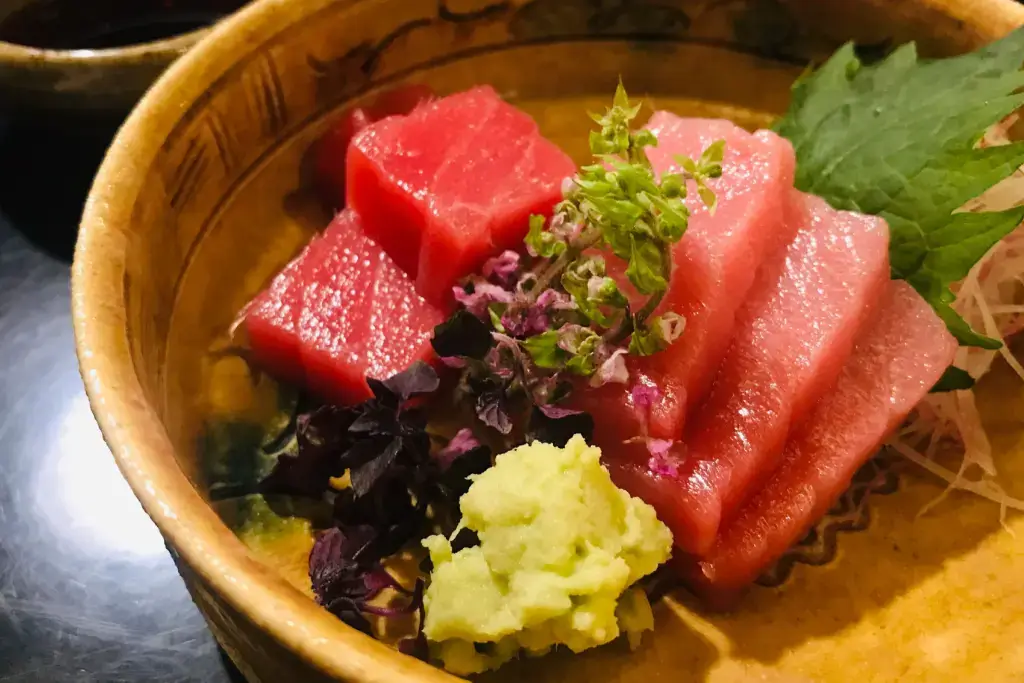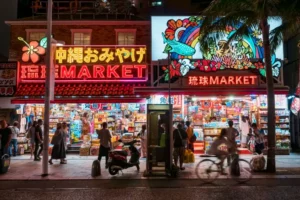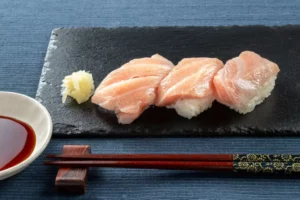Try experiencing Japanese cuisine through omakase dining! You can discover the origins of this sushi experience. Despite its premium price, omakase offers a personalized dining journey where the chef curates each dish based on your preferences! Learn about the differences between omakase and kaiseki ryori and why you should indulge in the omakase experience!
Table of Contents
ToggleWhat is omakase dining?
Omakase is a sushi experience where customers let the chef choose their meal. This experience takes place at the sushi bar, where diners interact with the chef and can watch the preparation of each dish. The term means “leave it to you,” and it means trusting in the chef’s expertise. Omakase menus often feature seasonal seafood, with nigiri being a staple dish. Moreover, chefs use fresh ingredients, including oysters, bluefin tuna, and sea urchins.
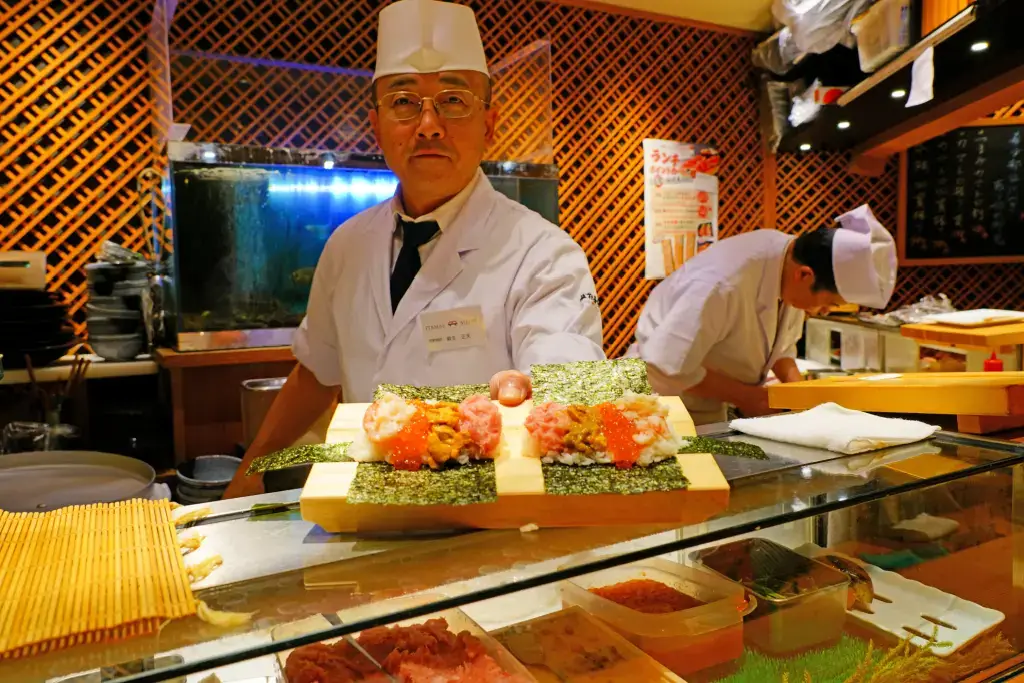
Dating back to 1967 and popularized in sushi restaurants during the 1990s, omakase offers diners a series of small servings or courses at a fixed price. It’s an experience where the chef’s choices reflect their culinary artistry. While traditional Japanese fare is expected, some chefs incorporate diverse flavors like maple, walnut, and foie gras, creating a fusion of Asian and other culinary traditions.
When did omakase dining begin in Japan?
Omakase, popularized in the 1990s, transformed the sushi dining experience in Japan. Before then, sushi restaurants were often pricey and visited by critics who appreciated the craftsmanship of sushi without consuming much alcohol. However, newcomers with disposable income flooded sushi shops, seeking a different dining experience. Despite their limited knowledge of sushi, they desired a variety of side dishes and drinks.

In response, sushi culture evolved to meet these new demands. The concept of omakase emerged, allowing customers to leave their meal choices to the chef’s discretion, especially if they were unfamiliar with some ingredients. This approach proved popular among chefs and customers, as it gave flexibility in ingredients and a dining experience where guests could trust their hosts, allowing them to enjoy their time.
Are you looking for some fantastic snacks after some omakase dining? Check out Sakuraco! Sakuraco delivers traditional Japanese snacks, teas, and sweets from local Japanese makers directly to your door.
Is it expensive?
Omakase dining has become increasingly popular despite its expensive price tag, often starting at $100 per person. This exclusive experience allows diners to use the chef’s expertise and culinary philosophy fully, with meals ranging from $200 to as much as $800. While costs may vary, the charm of omakase lies in its careful selection of premium ingredients and close dining atmosphere.
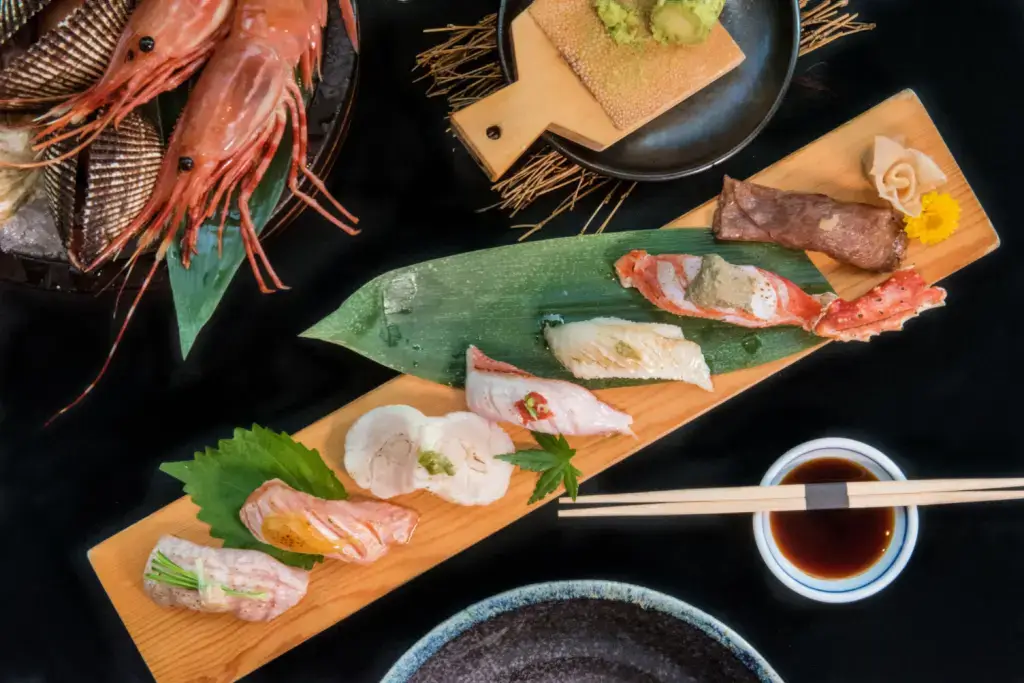
The high cost of omakase is justified by its parts. Premium ingredients sourced from across Japan, skilled artisans assisting the head chef, and the intimate setting of small restaurants add to the cost. Despite its luxury status, options for more affordable omakase experiences make this culinary tradition available to a broader audience.
What’s the difference between omakase and kaiseki ryori?
Omakase and kaiseki are two different styles of Japanese dining. Omakase offers a personalized dining experience where the chef selects and serves dishes based on the diner’s preferences and reactions. There’s no set menu or price; the meal can continue until the diner is satisfied. Usually found in sushi restaurants, omakase focuses on fresh, seasonal ingredients and chef-customer interaction.
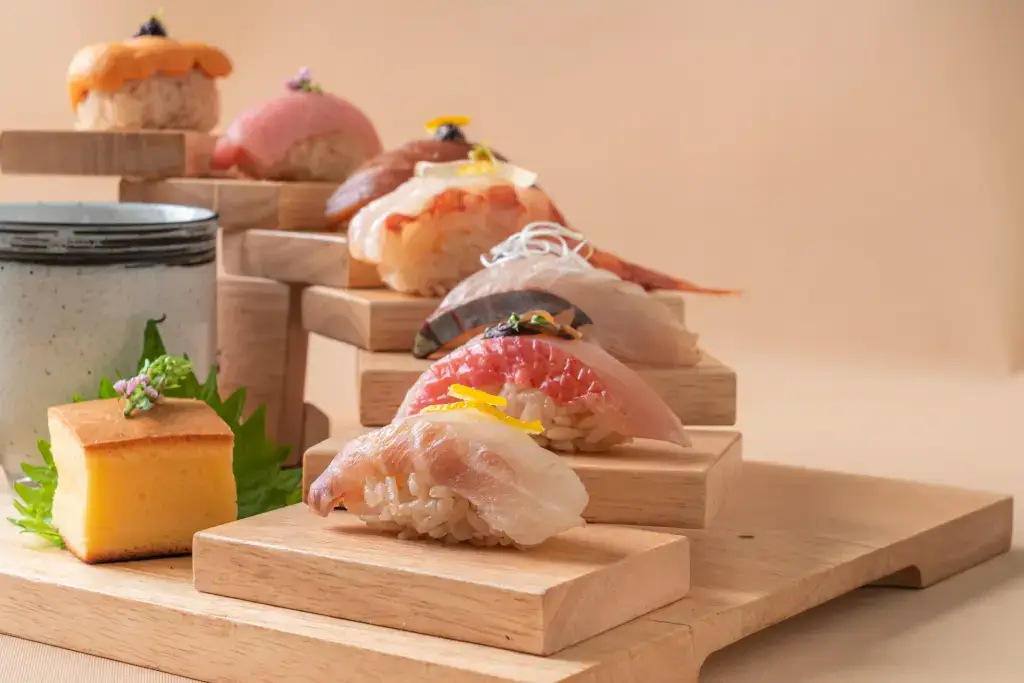
In contrast, kaiseki represents the best Japanese fine dining, featuring a carefully crafted multi-course meal showcasing premium seasonal ingredients. Traditionally consisting of at least nine courses, kaiseki emphasizes seasonality, presentation, and the chef’s culinary artistry. Each dish is carefully prepared and plated to highlight the ingredients’ natural flavors, making it great for those seeking a fine dining experience.
Why should I try omakase dining?
Trying omakase dining offers a one-of-a-kind experience where you can interact with the chef, allowing for a personalized meal. Unlike typical dining experiences, omakase allows you to watch closely and discuss their recommendations and techniques with the chef. Omakase removes the pressure of decision-making, as you can trust the professionals to guide you, ensuring a stress-free and enjoyable dining experience.
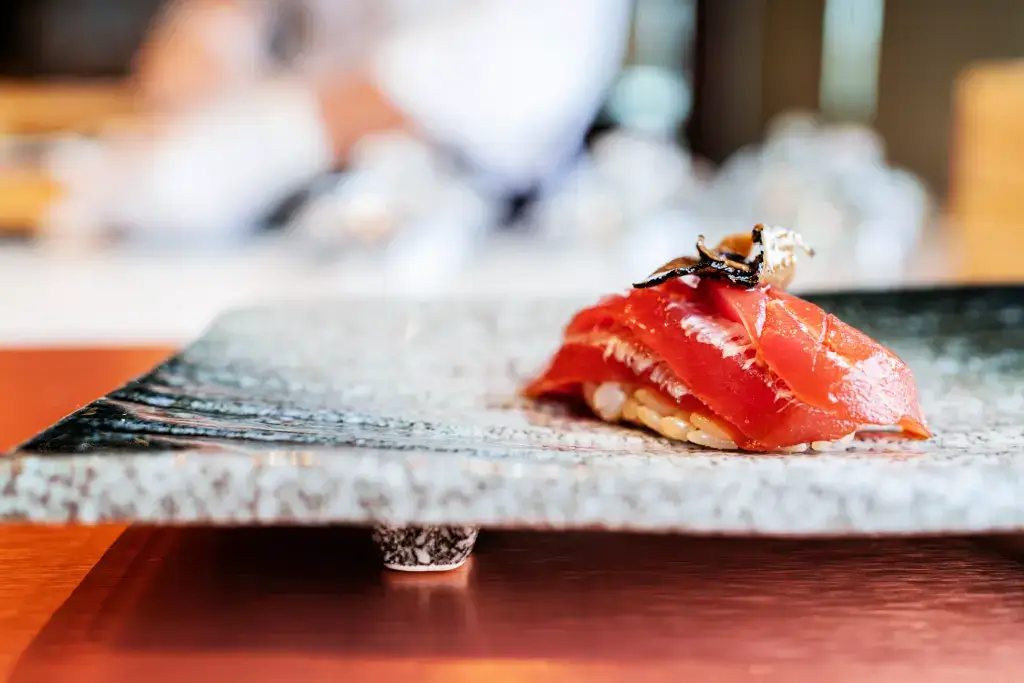
Omakase dining offers exceptional food and drinks, with matching wine and cocktails. This dining style eliminates the fear of making mistakes when ordering and allows for exploring new flavors and pairings. Trusting the expertise of the staff creates an enjoyable dining experience while allowing for a deeper appreciation of the culinary artistry on display.
It also celebrates the art of Japanese cuisine. From its roots to now, omakase offers a blend of tradition, innovation, and personalized service. Thanks to the chef’s expertise, diners enjoy each dish based on the freshest seasonal ingredients. Finally, omakase allows guests to enjoy quality without stress through interactions and theatrics! Whether you’re experienced or want to try something new, omakase promises an experience that will leave a lasting impression! Have you ever tried omakase dining? What was it like? Let us know in the comments below!

